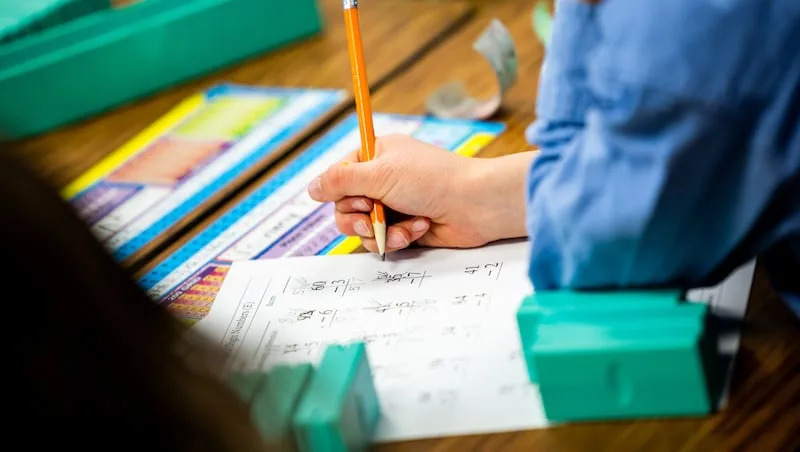
News covering the future and funding of homeschooling and private schools snags many of today’s headlines — but the vast majority of Utah kids are attending public schools, be they traditional or charter schools.
Almost 670,000 K-12 children are attending public schools in the Beehive State — and a sizable chunk of local tax dollars directly support public education.
Meanwhile, operations of the American public school system are in flux following recent disruptions in the federally operated Education Department. Utah educators are divided on how big a role the feds should play in local school operations.
So it’s fair to ask: Just how does Utah’s public school system compare to other states?
According to a recent WalletHub analysis, Utah is ranked just outside the top 10 — at No. 11.
The personal finance company compared the 50 states and the District of Columbia across 32 “key metrics” examining classroom performance, funding, safety, class size and instructor credentials.
Massachusetts topped WalletHub’s “States with the Best School Systems,” followed, in the top 5, by Connecticut, New Jersey, Virginia and New Hampshire.
The bottom five? Oregon, Arizona, Alaska, Oklahoma and New Mexico.
While Utah was ranked No. 11 overall, it was listed as No. 12 in “Quality Rank” and No. 16 in “Safety Rank.”
Other local highlights from the WalletHub analysis:
Utah claimed a No. 2 ranking in the “Math Test Score” category — one step below No. 1 Massachusetts.
Utah tied with Nebraska for the fifth spot on the “Median SAT Score” rankings, although relatively few Utah kids take the SAT standardized test for college admissions. The ACT is far more popular, locally.
Utah is No. 48 in the “Pupil-Teacher Ratio” — finishing near the bottom and just ahead of Nevada, California and Arizona.
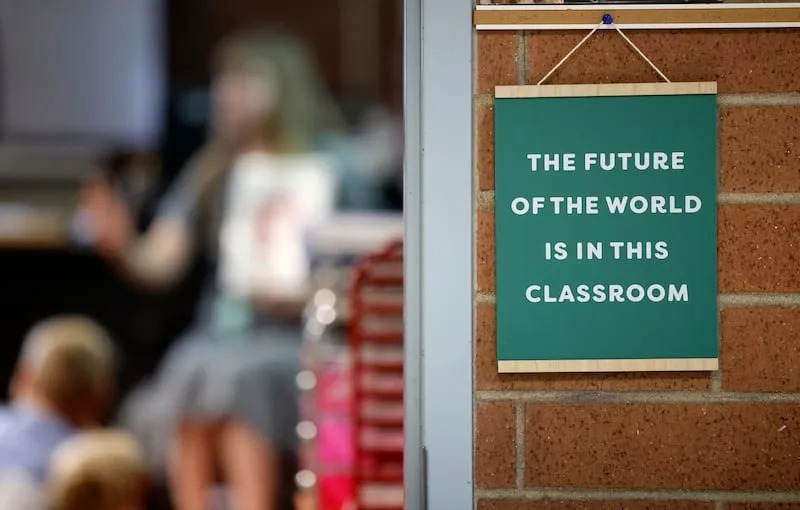
Utah was also classified as a “Low Spending and Strong School System” state. The Beehive State is ranked No. 50 in spending, according to the WalletHub report.
While sufficient funding is essential for a productive school system, simply having more money doesn’t guarantee success, according to WalletHub analyst Chip Lupo.
“How funds are applied also plays a big role in how good a school system is, as does the quality of educators, other professionals and the curriculum,” said Lupo in the news release.
“In addition, schools need to focus not just on test scores but also on making sure that students feel safe, comfortable and cared for.”
Earlier this year, results from the National Assessment of Educational Progress 2024 scores — aka “The Nation’s Report Card” — were released, revealing mostly steady performance for Utah fourth and eighth grade students who participated in the test.
In fact, only three states or jurisdictions outperformed Beehive State students.
While Utah students were holding steady in math, there was a decline in eighth grade reading scores.
“More children are falling below the proficient level, underscoring the critical need to double down on effective reading interventions and support for our students,” said then-State Superintendent of Public Instruction Sydnee Dickson following the release of the most recent “Nation’s Report Card.”
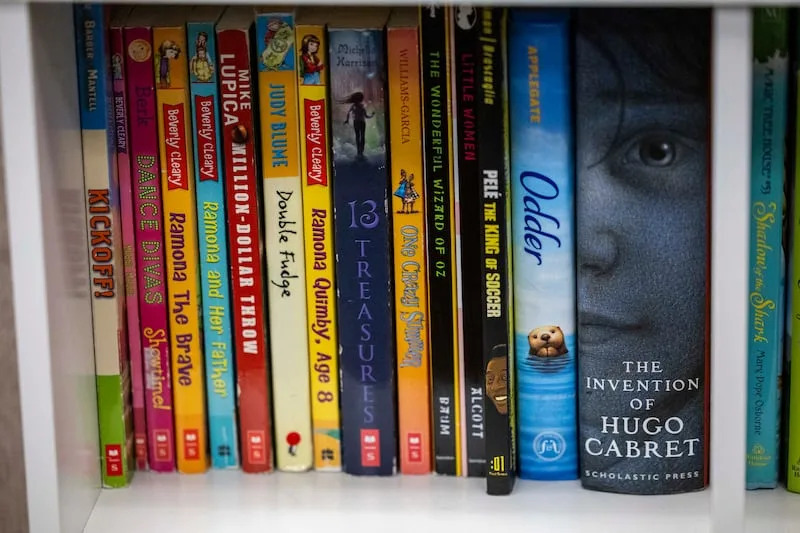
Report methodology: Measuring quality and safety
To determine the “best and worst states” for public school education, WalletHub compared the 50 states and the District of Columbia across two key dimensions, “Quality” and “Safety.”
Those dimensions included 32 weighted metrics which were averaged to calculate a state’s overall score and ranking.
The report’s “Quality” metrics included high school graduation rate increases, dropout rates, math and reading test scores, median scores on national standardized tests, pupil-teacher ratio and the share of licensed/certified public K-12 teachers.
“Safety” metrics included the share of threatened/injured high school students, share of high school students not attending school due to safety concerns, share of armed high school students, the number of school shootings, bullying incidence rates and the safety of roads around school areas.
So why is Massachusetts No. 1?
The Bay State boasts some of the best test scores in the country — ranking first in the nation in all core academic subjects this year: fourth and eighth grade math and reading scores, according to WalletHub.
“Students at the high school level also do well, as Massachusetts has the highest share of students in the country who received a score of 3 or better on an AP exam,” the report noted.
Schools in Massachusetts are also generally safe.
“Massachusetts has the fifth-lowest share of students who report being threatened or injured with a weapon on school property, the third-lowest share who have been in a physical fight at school and the fourth-lowest share who report illegal drugs being available to them on school property,” according to WalletHub.

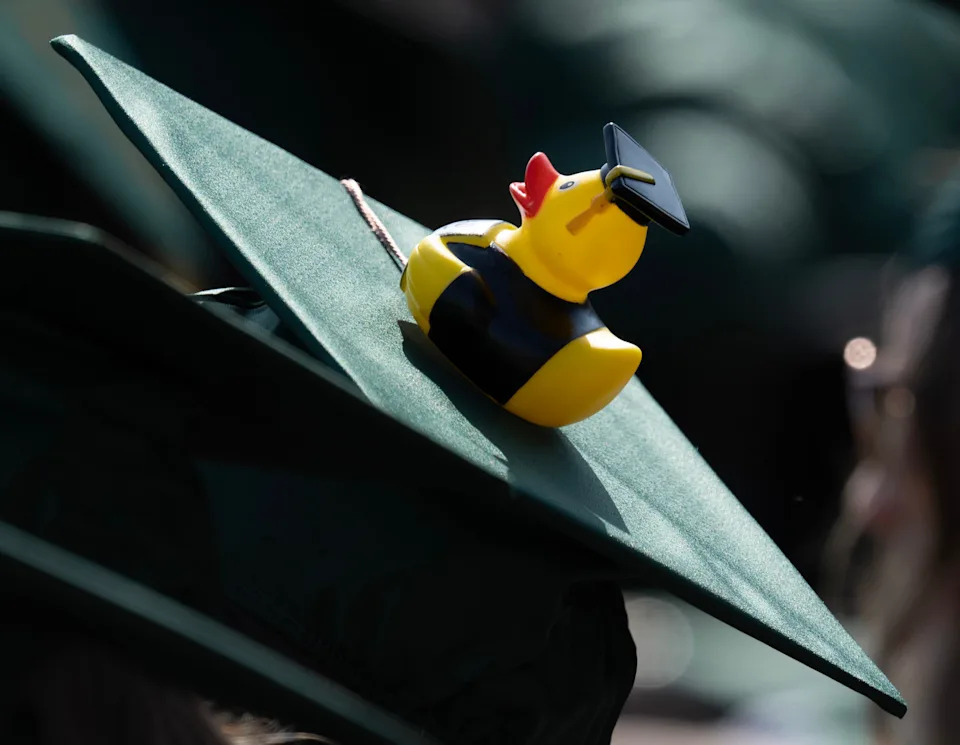

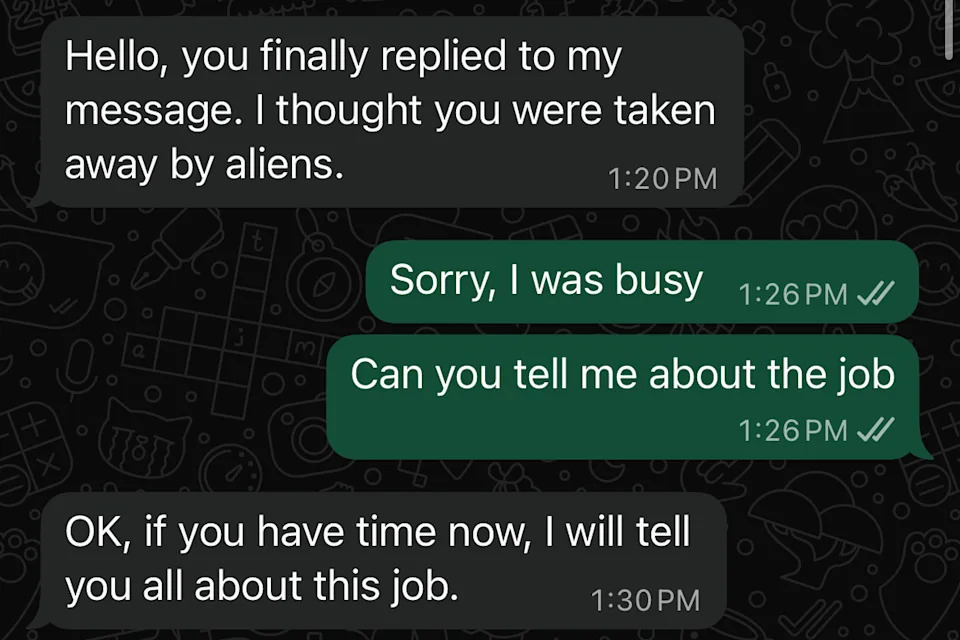
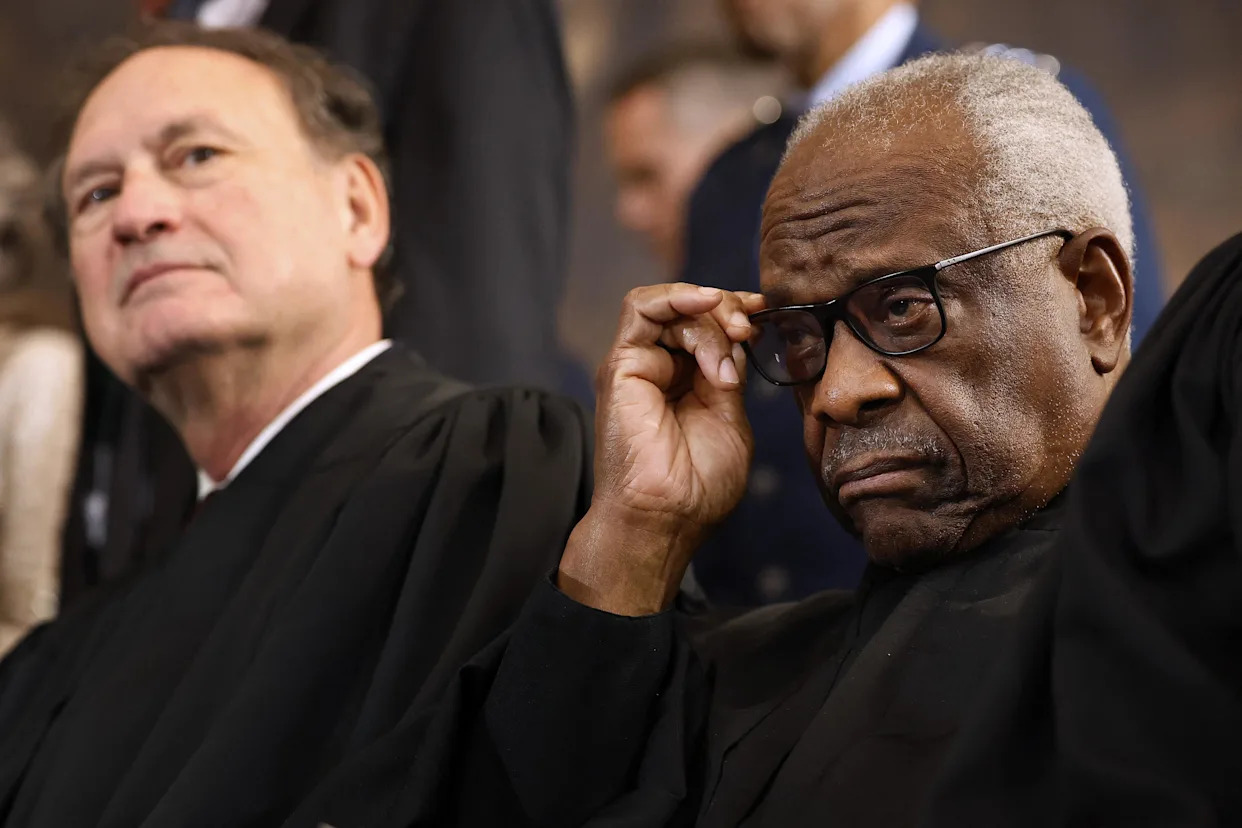

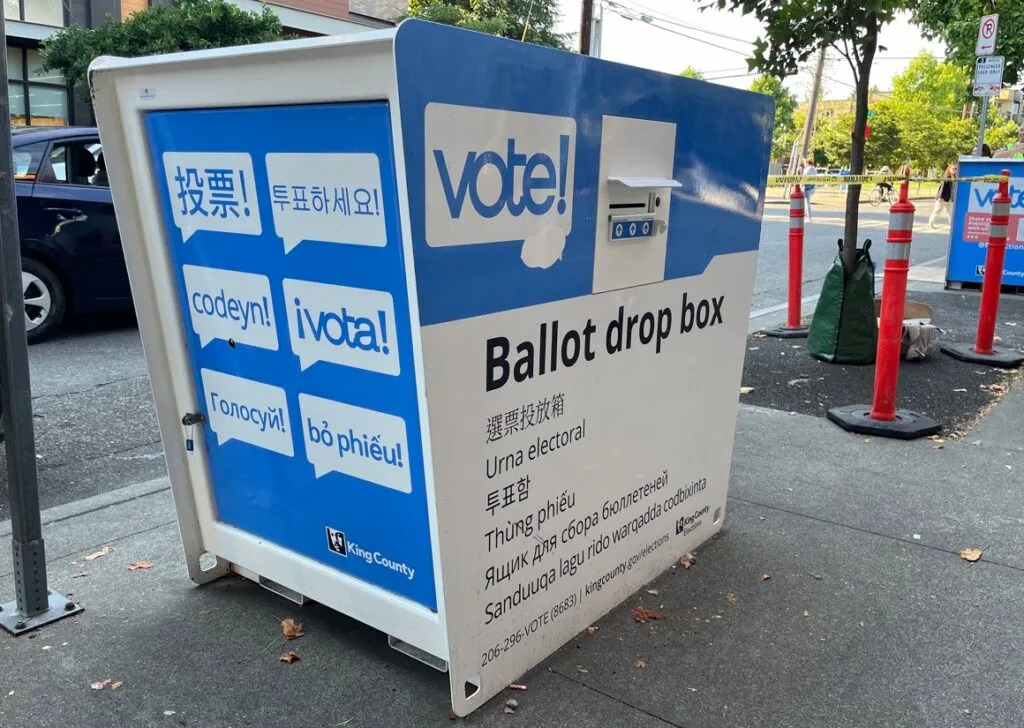
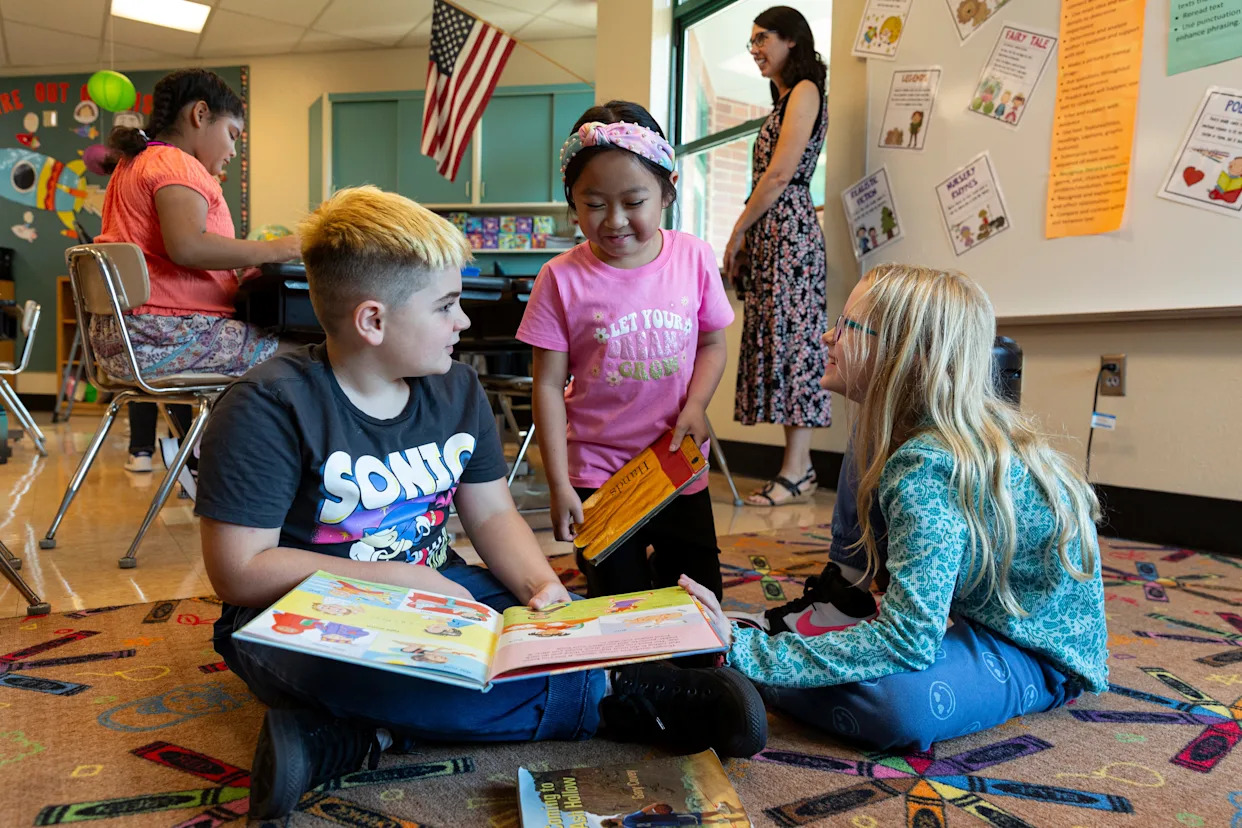
Comments